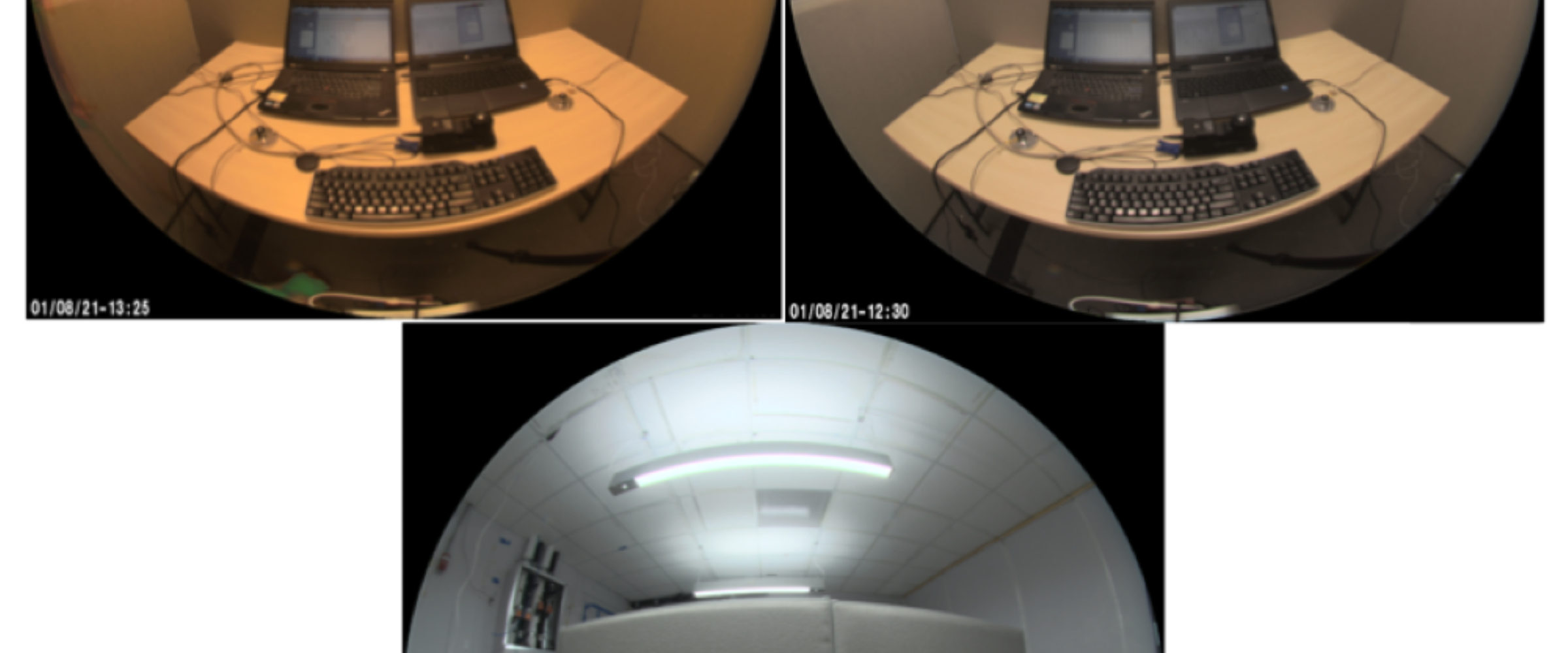Evaluating Tunable White LEDs for Circadian Lighting
Case Study Published in 2023
The Challenge
Evaluating tunable LED systems in real-world applications
Exposure to adequate light during the day is crucial for maintaining circadian health for office occupants, and commercial light-emitting diode (LED) systems with color temperature tuning (“tunable white”) features can address this need, particularly for office lighting systems. However, little research has directly measured tunable white LED energy usage for visual and circadian criteria; existing studies have mostly relied on computer simulations and models. Moreover, there are no standards for implementation of these systems. Measuring the performance of tunable LEDs in an actual setting provides the information necessary to align human health and productivity needs with energy usage and cost data, to support optimal business decisions.
The Solution
Southern California Edison’s Emerging Technologies Program and the Electric Power Research Institute turned to the U.S. Department of Energy’s FLEXLAB® facility at Lawrence Berkeley National Laboratory (Berkeley Lab) to evaluate select commercial lighting systems, including tunable white LEDs, to determine their ability to meet visual and circadian criteria in an office environment, and to quantify lighting performance and energy usage. FLEXLAB enables researchers to quantify the performance of commercially available technologies through detailed monitoring of performance parameters such as illuminance, spectral output, glare, and energy consumption in an office environment.
The Bottom Line
Circadian lighting goals can be met in an office environment with tunable LEDs and daylighting; energy impacts vary by location and approach
Implementing LED systems for visual and circadian criteria can incur incremental energy costs relative to meeting visual criteria only (“standard” office lighting practice). However, with the low energy intensities of LEDs relative to existing fluorescent systems, prioritizing energy savings over circadian performance may not be necessary. When pursuing circadian performance goals, focus on minimizing the incremental energy cost, using the recommendations outlined in the results.
Download the full case study here: Evaluating Tunable White LEDs for Circadian Lighting
